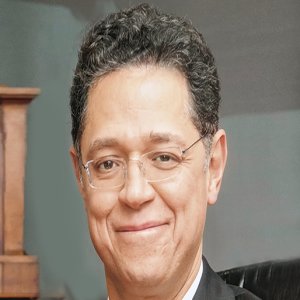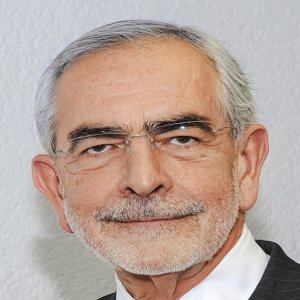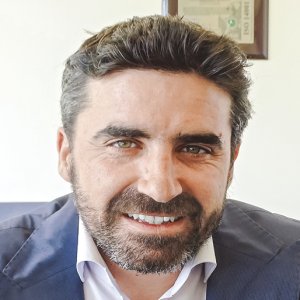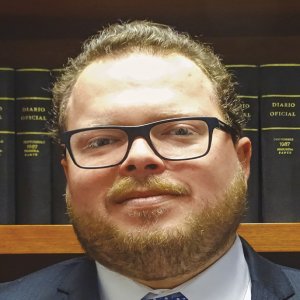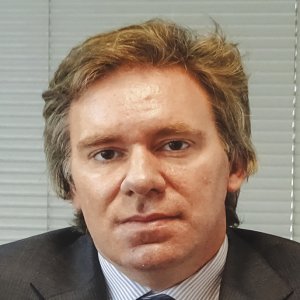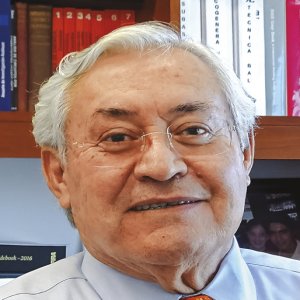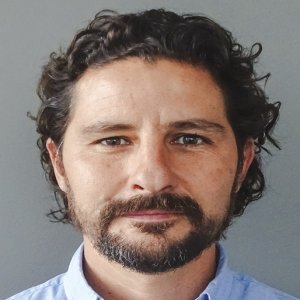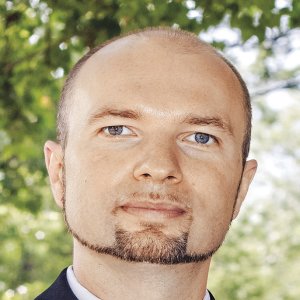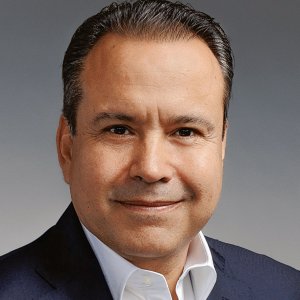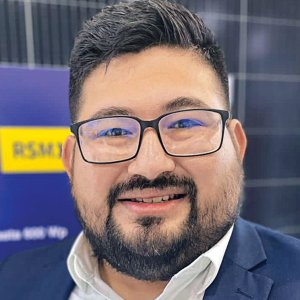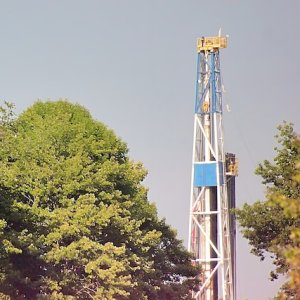Smart Solutions Allow Fast Action

STORY INLINE POST
Q: What are the weaknesses and strengths of the National Electricity System and how can it evolve into a smart network?
A: CFE has been investing heavily in the modernization of theelectricitynetworkforthepastfewyears,especiallyby installing technologically advanced protection and control devices, but there is still room for improvement. SEL has been developing smart grids since before the “smart” concept was adopted by the industry. We have long used digital devices in our projects, including communications features. We have enough elements to interconnect devices in a substation or across regions, with the purpose of controlling different situations according to certain conditions. In a network, different elements need to be interconnected to create a smart system, including devices at the generation, transmission and distribution stages.
Most of the solutions we are developing for smart grid applications, such as synchrophasor or monitoring devices, identify and control the state of the system on a real-time basis. Nowadays, most control systems make decisions on estimated data, which is time-consuming and inaccurate. We want our solutions to improve this process, allowing developers to solve problems as quickly as possible. The company is introducing relevant innovations to smart network development like our Software-Defined Network Switch, used for monitoring, communication and to control the performance of the electrical system’s components. This allows faster recovery of communications used in integrated electrical systems, improving response times to changing conditions. The faster companies can take action, the faster the system can be stabilized, allowing more load to be served.
Q: How can SEL’s technologies help ease the transition of renewables into the energy mix?
A: We have a long history of working with renewables. The La Venta wind farm was one of the first projects we developed 10 years ago. We integrated the complete system under the IEC-61850 standard to become one of the first companies in the world to integrate multivendor solutions for wind energy projects. Since that time, we have continued to collaborate with renewable energy companies by providing control and protection equipment for solar parks and wind farms. In the future, the integration of a larger share of renewables into the country’s energy mix is expected to add complexity to the electricity network because most renewable sources are intermittent. In this way, the main challenge will be developing solutions to match supply with electricity demand. There is still doubt about the effects that renewable energies can have on the quality of electricity, particularly if distributed generation rises in the country. Nonetheless, better filtering and conversion devices have been developed to help renewable power generators reduce disturbances in the system and this is an area in which we can provide added value. We want to play a role in the energy sector’s transition by defining solutions that take potential disturbances into consideration to facilitate the fast adaptation of renewables into the grid.
Q: In which areas does SEL expect to see greater demand?
A: We expect to see an increase in demand from industry players producing electricity as a byproduct of their processes, such as a mining company with no expertise in power generation that produces electricity from its excess heat. In addition, we expect EPC companies to continue being an important part of our business. Even though construction companies are strongly oriented toward the lifespan of a project while we focus mainly on the system’s lifetime, we can contribute to the successful development of a project by avoiding cost overruns and delays related to performance. We also forecast an increase in demand for automation solutions that address the distribution network. The purpose of these solutions is to enhance the security of utility operations and the response time for service continuity and maintenance. In this area, online monitoring of assets and network elements also will gain importance, allowing operators to control their systems to prevent or solve any potential failure.
